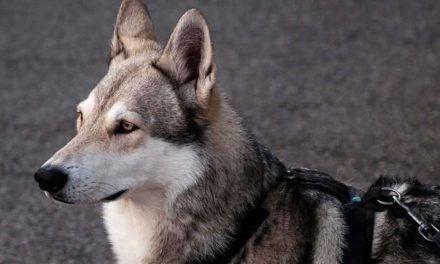The Havanese, a charming toy breed, has captured the hearts of many dog lovers with its playful personality and affectionate nature.
Originating from Cuba, this breed has a rich history and an engaging personality that makes it an excellent companion for families and individuals alike.
History and Origins
The Havanese is a descendant of the now-extinct Blanquito de la Habana and other small breeds brought to Cuba by Spanish colonizers in the 16th century.
Initially bred as companion dogs for Cuban aristocrats, the Havanese thrived in the tropical climate, developing a strong bond with their human companions.
Over time, they became popular with all social classes, symbolizing the vibrant culture of Cuba.
In the 20th century, the breed faced decline but made a remarkable recovery thanks to dedicated breeders in the United States.
Appearance
Havanese dogs are small, typically weighing between 7 to 13 pounds and standing about 8.5 to 11.5 inches tall at the shoulder.
They are known for their long, flowing double coat that comes in various colors, including white, black, chocolate, and multiple combinations.
Their expressive eyes and lively demeanor only add to their appeal. While their coat requires regular grooming to prevent tangles, many owners find this aspect of care an enjoyable bonding experience with their pet.
Temperament
One of the most endearing qualities of the Havanese is its affectionate nature.
They are loyal, friendly, and great with children, often thriving in family environments.
Havanese dogs are also known for their playful spirit—their entertaining antics can keep families engaged for hours.
These dogs tend to be social and generally get along well with other pets, making them ideal companions in multi-pet households.
Despite their small size, Havanese dogs are surprisingly adaptable and can be content living in apartments or larger homes, as long as they receive regular exercise and mental stimulation.
Daily walks, playtime, and interactive training sessions are essential to keep them happy and healthy.
Health and Care
The Havanese is a generally healthy breed, but like all dogs, they can be prone to certain health issues.
Responsible breeders perform health screenings to minimize the risk of genetic disorders.
Common health concerns include hip dysplasia, patellar luxation, and eye disorders, so regular veterinary check-ups are vital.
In terms of care, their luxurious coat requires attention.
Regular brushing—at least two to three times a week—helps prevent matting and keeps their fur healthy and shiny.
Additionally, routine baths and nail trimming are essential parts of their grooming regimen.
Training and Socialization
Havanese dogs are intelligent and eager to please, making them relatively easy to train.
Early socialization is crucial, as it helps them become well-rounded adults.
Positive reinforcement training methods work best, as harsh corrections can be counterproductive.
Their playful demeanor often shines during training sessions, making it an enjoyable process for both the dog and the owner.
Conclusion
The Havanese dog breed is an affectionate, entertaining, and intelligent companion that can enhance the lives of those who welcome them into their homes.
With their intriguing history, delightful personality, and moderate exercise needs, they are perfectly suited for a variety of lifestyles.
Whether you seek a cuddly friend or an active playmate, the Havanese may just be the ideal breed for you.









